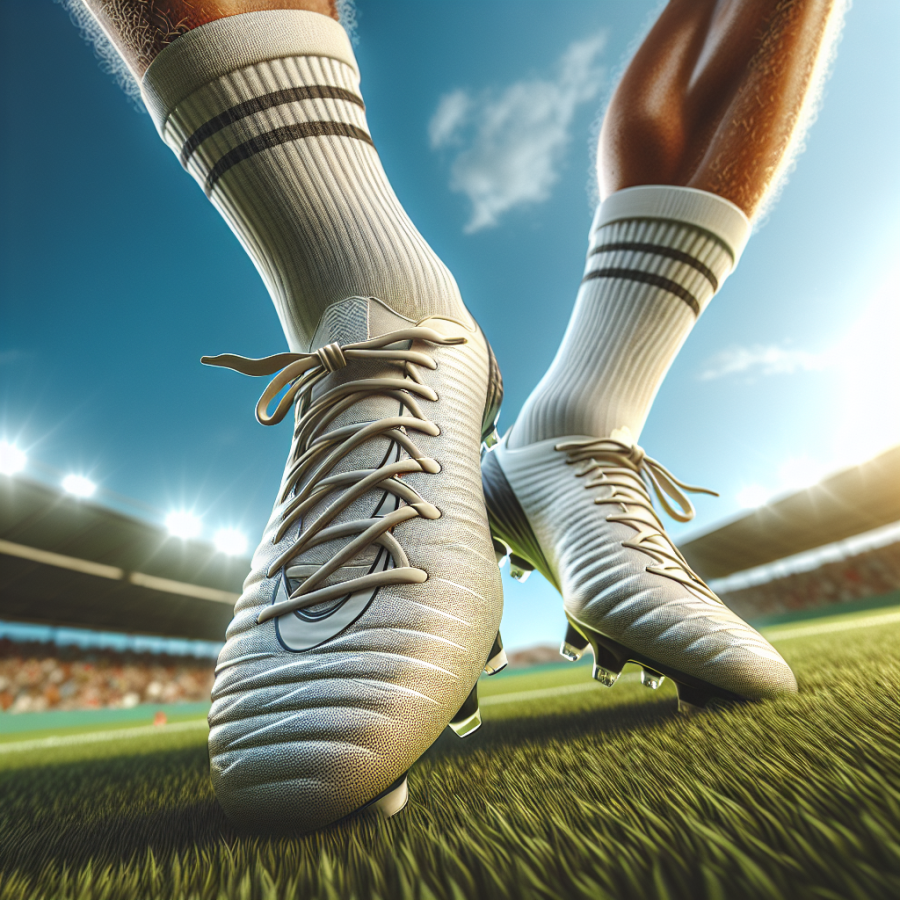Unraveling the Myth: Tight-Fitted Soccer Cleats Debate
The longstanding debate about whether soccer cleats should be tight-fitted is a subject that brings forth a lot of differing opinions. There are those who ardently believe that tight-fitted soccer cleats enhance performance and reduce injuries, while others passionately argue against it for the supposed discomfort and foot health hazards it poses. It's time to unravel the myth surrounding this controversial matter.
One of the most prevalent arguments for the tight-fitted cleats camp is improved ball control. Many players, both amateurs, and professionals, claim that tight-fitted cleats allow them better manipulation of the soccer ball since there is a minimal gap between the foot and the shoes. It generates the sensation of the foot being the immediate contact point with the ball, resembling playing barefoot.
However, recent studies have shown that the type of cleats isn't the primary determinant of ball control. Control more commonly depends on individual skills, which are garnered through practice and experience. Although having cleats that fit your feet well would help your performance, it's not necessary for them to be tight-fitted.
Some advocates of tight-fitted cleats also argue that it decreases the likelihood of injuries as the shoe makeup provides full foot support, minimizing chances of ankle sprains, fractures, or other foot-related injuries. Yet, while it's true that the right fitting shoe lends necessary support to the foot, overly tight shoes can be counterproductive.
Tight-fitted cleats can compromise comfort and increase the risks of developing foot health issues over time due to the constant constriction of feet. These potential problems include blisters, corns, calluses, or even more serious complications like bunions and hammertoes. Players may also experience pain during the game that could affect their performance negatively.
It is also important to note the adequacy of circulation in determining foot health. Tight-fitted cleats can eventually restrict blood flow in the foot, causing numbness and potentially leading to more severe conditions such as nerve damage. This is more likely to occur during prolonged periods of play, where the tight shoes are worn for extended periods.
The argument may also fall on the type of material from which the cleats are made. Leather cleats, when properly broken in, are known for their adaptability to the foot shape, providing an almost perfect fit. Even synthetic materials have improved vastly over the years. They now offer better adaptability and durability, becoming comfortable even if the fit isn't that tight.
Read also:
Latest Updates: Who Emerged as the Champion of The Open in Golf?
Understanding the Ideal Fit for Soccer Cleats
Soccer cleats hold a paramount in the game; they not only impact your performance on the field but also safeguard you from potential foot injuries. Indeed, wearing the right fit soccer cleats is a vital part of player preparation.
The question arising frequently among soccer players is about the fit of soccer cleats. Many are of the belief that soccer cleats should be tightly fitted to ensure optimal performance. However, this is not completely accurate.
At first glance, it might make sense. Tight-fitted cleats would seemingly provide a good feel of the ball, allowing for more precise movements and control. However, an overemphasis on tightness can lead to compromised blood circulation in your feet and might eventually result in minute injuries to the toes. It is all about finding the balance.
The key is getting soccer cleats that offer enough snugness to keep your foot firmly in place while ensuring that it isn’t so tight that it causes discomfort or hinders blood circulation. It shouldn't cause pain or numbness even after wearing it for a prolonged time.
Players must look for soccer cleats that fit perfectly around the instep and offer a tight - but not pinching - fit. The cleats should be flexible at the forefoot, with enough space for your toes to move freely. They should be resistant enough to protect your foot and sufficiently rigid to support the arch of your foot.
Different brands and models of cleats fit slightly differently, so it is advisable to take the time to try different ones before settling on the perfect fit. One common mistake soccer players make is choosing cleats based only on length. Just like everyday shoes, width also matters when it comes to football shoes.
One or two layers of socks are common in soccer games, so consider sizing based on the thickness of the socks. Another important point is to try on boots later in the day, as feet tend to swell slightly as the day goes on.
Ultimately, the soccer cleat's right fit is one that offers a good balance between comfortability and functionality. So next time you go shopping for soccer cleats, remember to take your time and walk around the store to really get a feel for the fit. If you can fit a finger behind your heel easily, the boot is too big. If your toes are cramped at the front, it's too small.
Remember, soccer cleats are not supposed to be worn like fashion shoes. They should feel snug but not tight.




